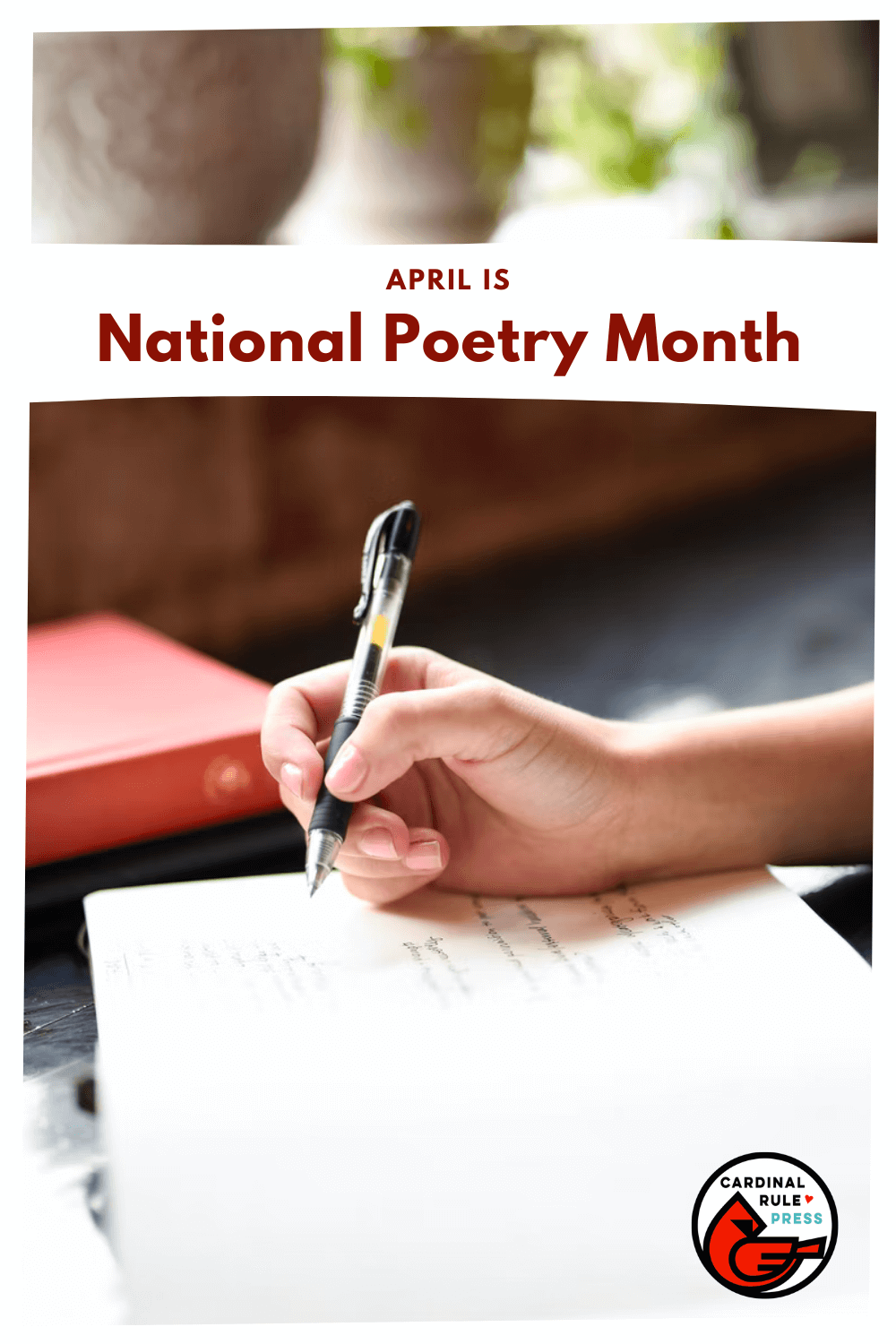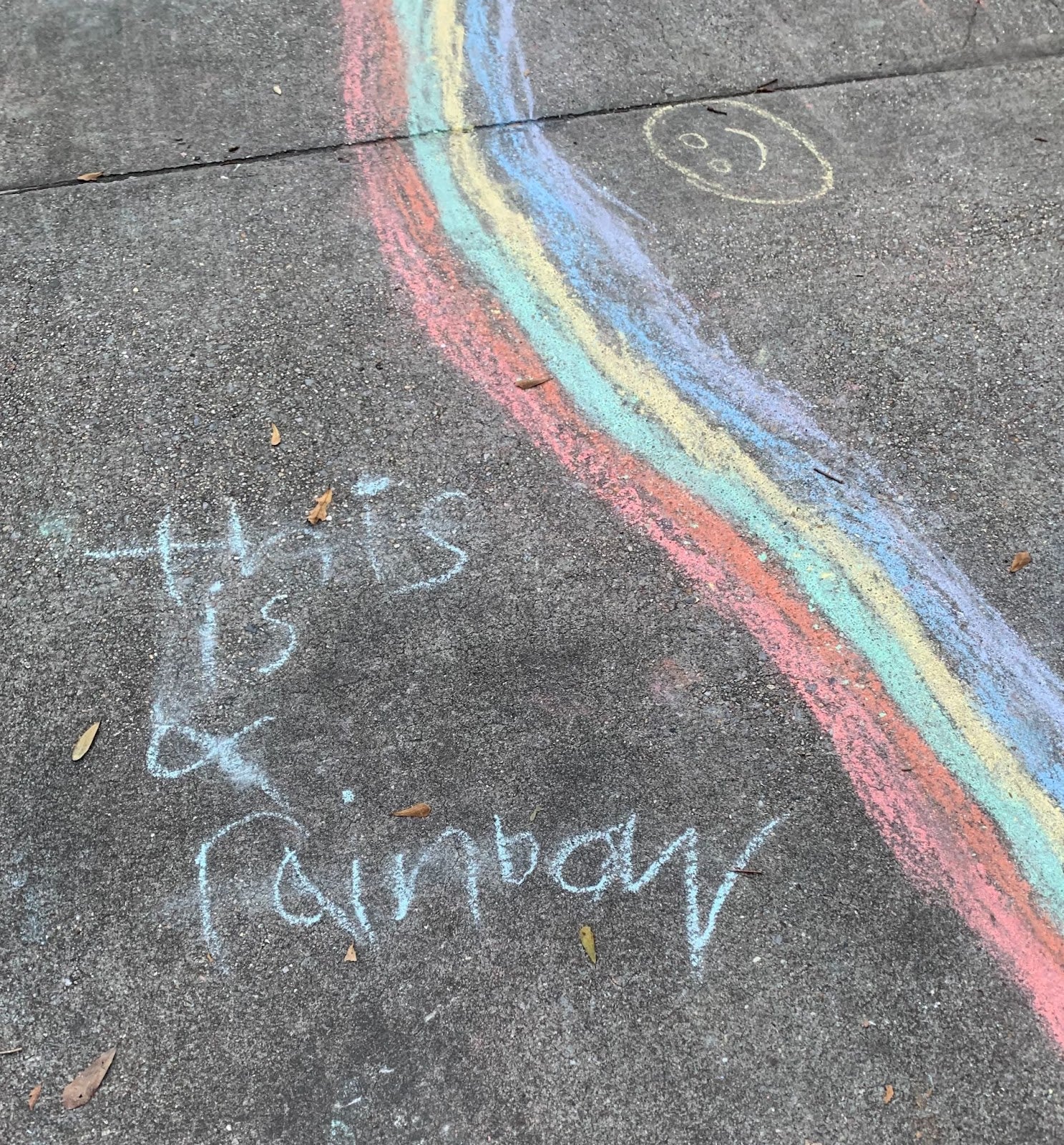
Poems will echo in the halls,
be pasted on walls,
carried in pockets,
and shared out loud.
Listen to the words
of Naomi Shihab Nye.
Rhyme silly with Shel Silverstein.
Rap with Nikki Giovanni
and imagine like Jane Yolen.
It’s a national phenomenon,
this month of poem fun.
Come on in!
The writing’s fine!
© Margaret Simon
Poetry is an undercurrent in my classroom, but even so, when April comes around, poetry takes front and center. Every day of April, I share a model poem and have students write like the natural poets that they are. Poetry gives me the opportunity in a short space of time to teach important literary devices such as metaphor, personification, and imagery. But most of all, it’s fun. One of my students recently asked if we could have a game day. I said, “My plan was to write a poem.” She responded, “Oh, that’s great. Poetry is fun!”
National Poetry Month offers an open door to explore poetry and play on the poet’s playground. Find poems that speak to you, and they will work with your students. Many poets offer model poems and lessons online. For middle grades, I turn to Irene Latham. She has a full padlet of poems she writes each week in her project Artspeak. Irene is also recording YouTube videos about poetry. In my class, we look at art like Irene and write a response in poetry. Irene’s simple poetic patterns make it easy to mimic her writing style.

Student response: Green Season
When green season
arrives,
the rainbow comes out
from every direction
and all around
you.
Red triangles grow with yellow spots
on green string,
orange sky falls
and the orange sky rises.
Yellow lights
shine through the heavy white marshmallows,
green spikes
poke out of the ground.
The sky’s blue
falling down in May,
with purple and pink petals
that have been waiting for
this season.
Green season,
green season,
full of delight
and color.
~Katie, 6th grade
Writing poems to art is known as ekphrastic poetry. It is one of my favorite ways to inspire students to write. With a piece of art or a photograph, the topic is implied. Writers can observe, describe what they see, find metaphors, and build a creative response. Ekphrasis can be written in any form.
On Wednesdays, I post a photo on my blog as a writing prompt, This Photo Wants to be a Poem. Teacher-writers and students write a small poem in response to the photo. This is low stakes writing. On our shared blog site on Fanschool, students write their response in the comment.
On a walk in my neighborhood, I took a picture of a chalk rainbow with the caption “This is a Rainbow.” I wrote a haiku (5,7,5) and invited students to use this form, too. You can read their comments here.

This is a rainbow
that you can see, touch and tap
hop-scotch to the sky.
~Mrs. Simon, haiku (5, 7, 5)
National Poetry Month should be all year long, but the setting aside of my favorite month of the year, April, draws attention to and honors the world of writing. Take some time to nurture the natural poet in you and in your students. Don’t be afraid. Poetry is fun!
Margaret Simon lives on the Bayou Teche in New Iberia, Louisiana. Margaret has been an elementary school teacher for 35 years, most recently teaching gifted students in Iberia Parish. Her first book of children’s poetry was published in 2018 by UL Press, Bayou Song: Creative Explorations of the South Louisiana Landscape. Margaret’s poems have appeared in anthologies including The Poetry of US by National Geographic and Rhyme & Rhythm: Poems for Student Athletes. Margaret writes a blog regularly at http://reflectionsontheteche.com.
Leave a comment